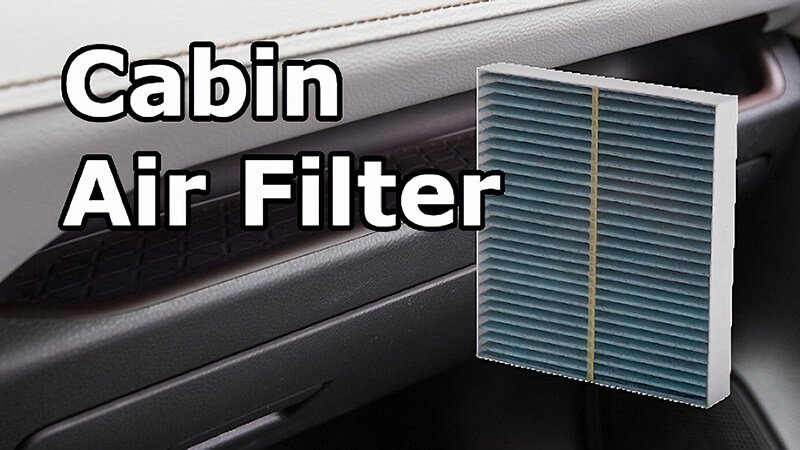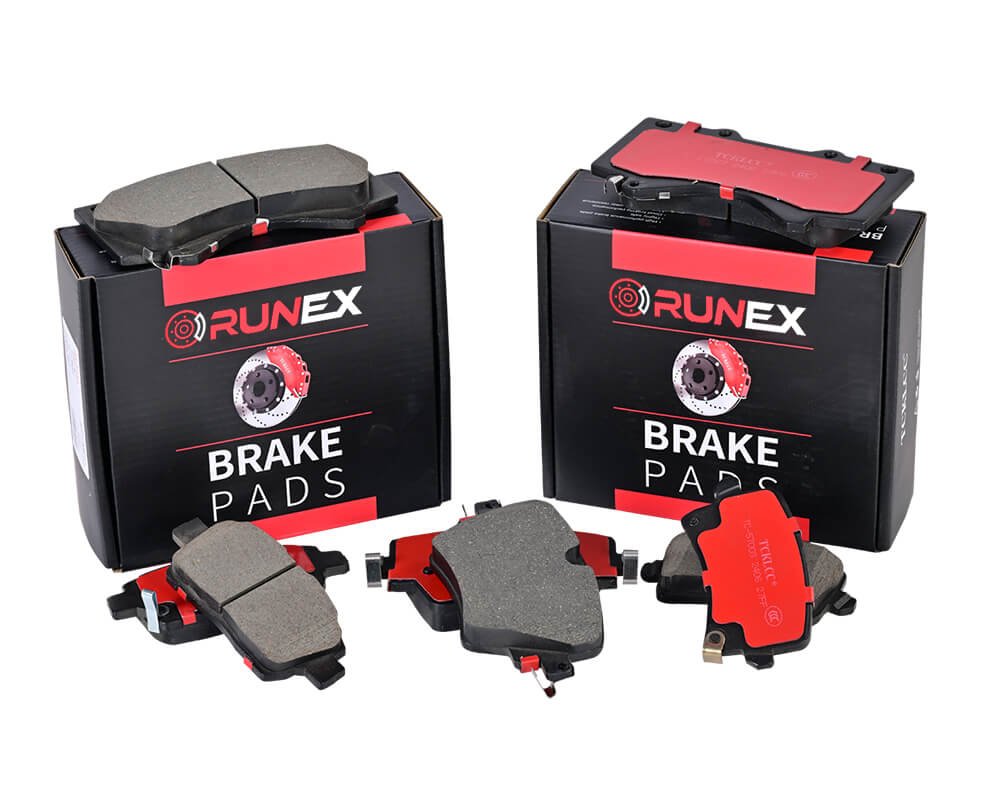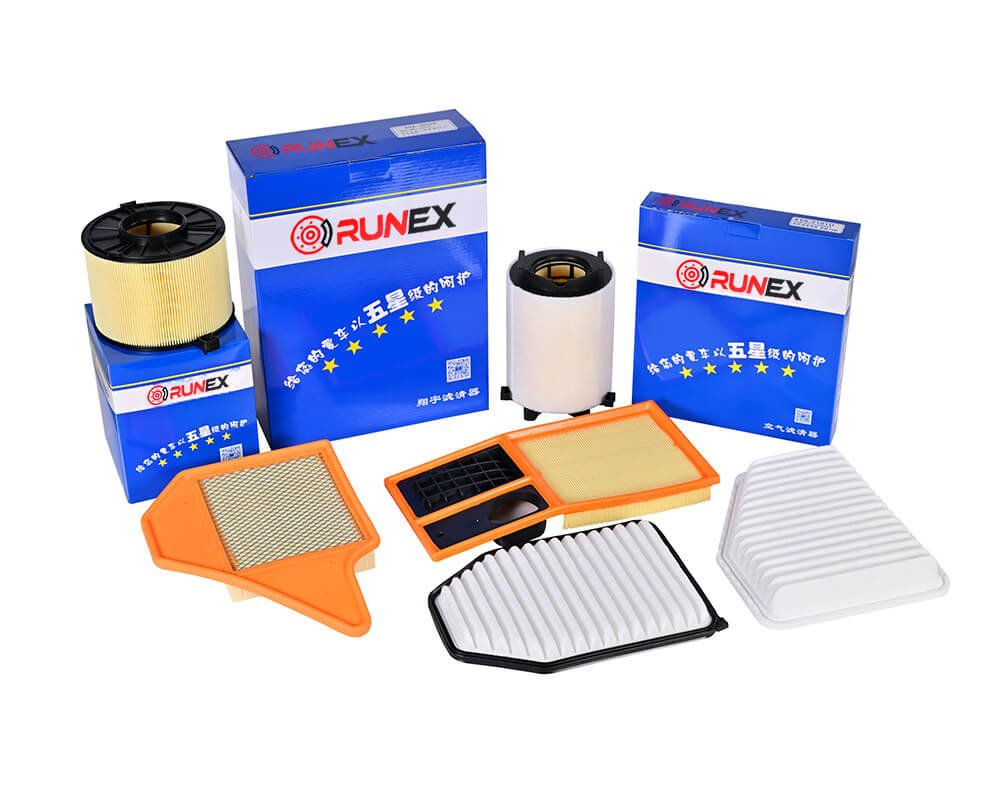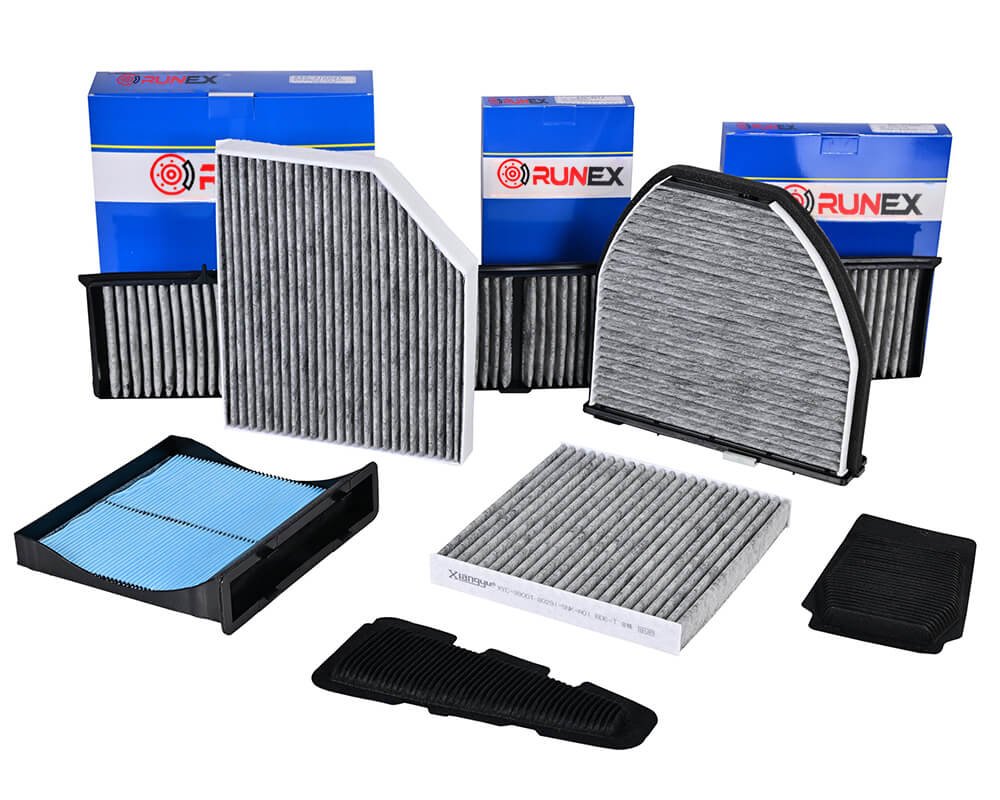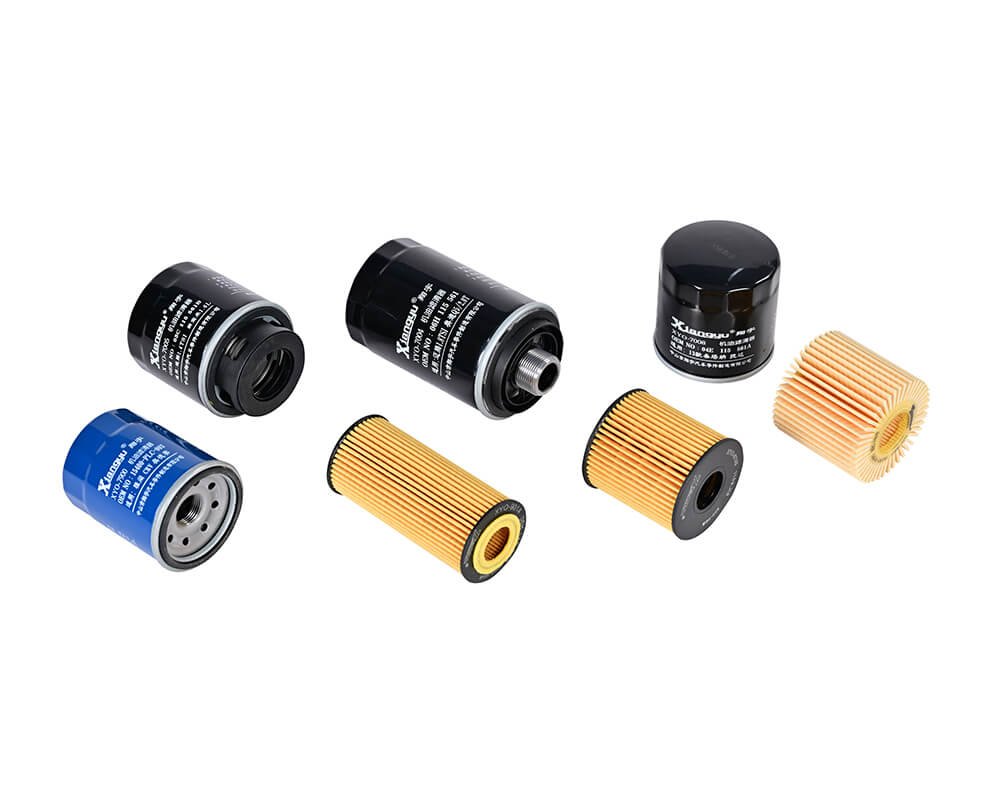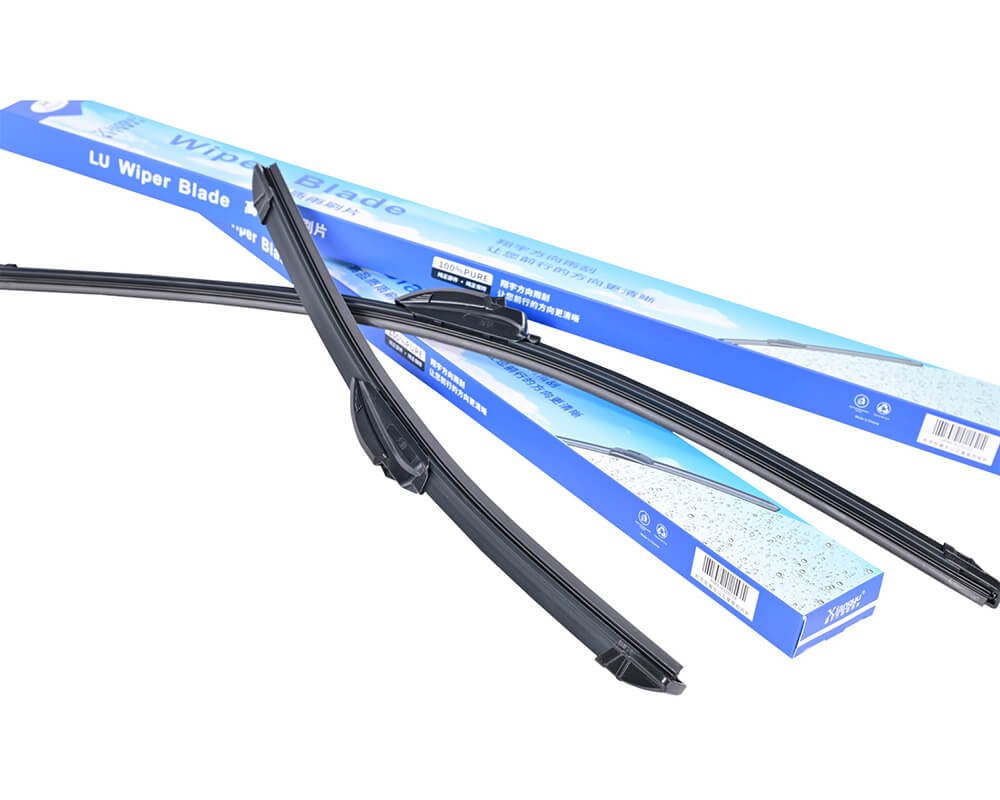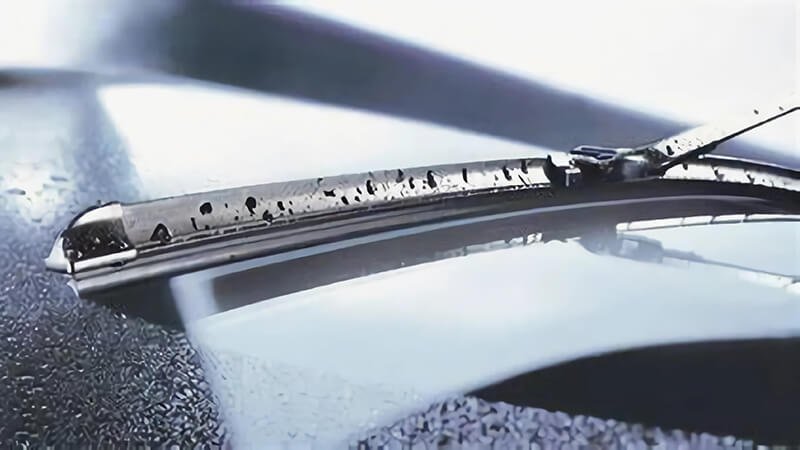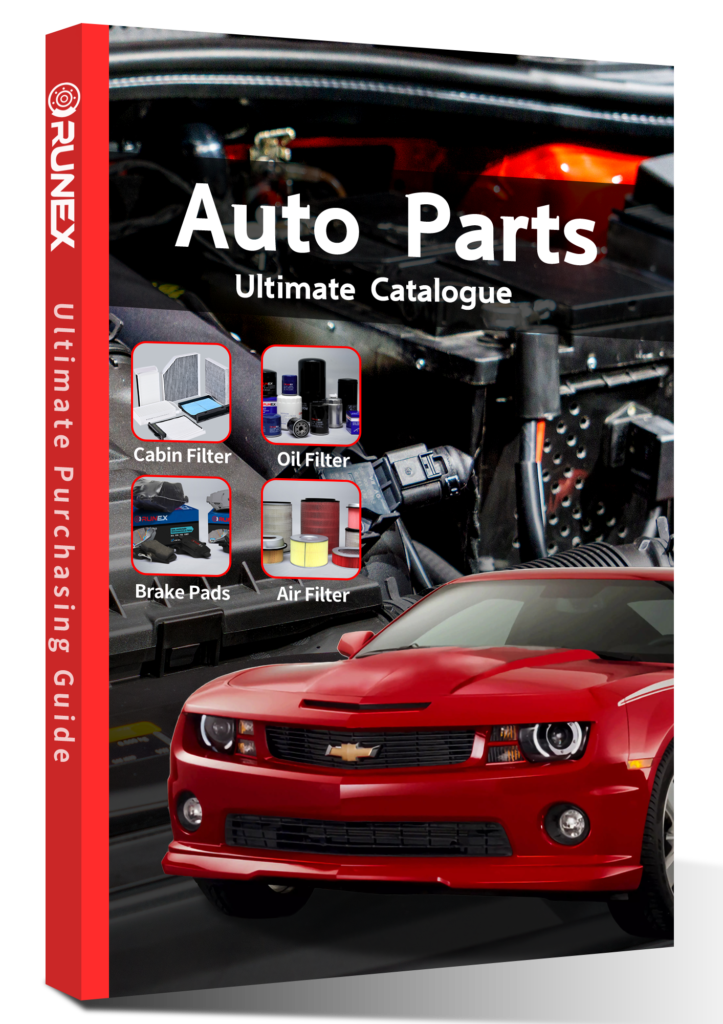Cabin air filters are a crucial component of modern vehicles, but when and why were they introduced? These filters have become standard in cars worldwide, improving air quality for drivers and passengers. Let’s take a look at their history and importance.
Cabin air filters were introduced in vehicles in the early 1990s to improve air quality inside the car. These filters serve to remove dust, pollen, and other harmful particles from the air that enters the cabin, making driving a more comfortable experience. Here’s why they were needed.
As vehicles evolved and concerns about air quality increased, cabin air filters became essential. Now, let’s explore the key reasons behind their introduction and their ongoing significance in today’s automotive industry.

When did they start using cabin air filters?
The widespread use of cabin air filters1 began in the early 1990s. Prior to this, vehicles had little protection against airborne pollutants. As air quality concerns grew, especially in urban environments, car manufacturers recognized the need for cabin air filters to improve comfort and safety.
Cabin air filters were first introduced in the 1990s2, primarily in high-end vehicles. Over time, they became more common across all car models, driven by growing concerns about air pollution and the need to protect passengers from harmful particles.
The introduction of cabin air filters3 marked a significant shift in the automotive industry. Prior to the 1990s, the focus of vehicle air systems was mostly on engine performance and fuel efficiency. However, as cities grew and pollution became more of a concern, car manufacturers began to realize the importance of improving air quality inside the cabin.
It was in the early 1990s that the first cabin air filters were installed in vehicles, primarily as a luxury feature in high-end models. These filters were designed to prevent pollen, dust, and other pollutants from entering the cabin. The demand for cleaner air inside vehicles grew, especially in areas with high levels of smog or allergens, prompting manufacturers to include cabin air filters in more mainstream models.
The technology used in these filters has continued to improve over time. Early cabin air filters were relatively simple, designed mostly to filter out large particles. Today, however, they are made from more advanced materials, capable of trapping smaller particles, including bacteria, viruses, and even some odors. This improvement has made cabin air filters an essential feature for maintaining a healthy environment inside the car.
Below is a timeline highlighting the key milestones in the evolution of cabin air filters:
| Year | Milestone | Impact |
|---|---|---|
| 1980s | Early introduction in luxury cars | Began to filter larger particles like dust and pollen |
| 1990s | Widespread adoption across mainstream vehicles | Focus on improving air quality and reducing allergens |
| 2000s | Introduction of more advanced filtration materials | Filters start to capture smaller particles like bacteria |
| 2010s | Development of filters with odor-reducing features | Focus on improving air comfort by reducing smells |

What is the purpose of a cabin air filter?
The purpose of a cabin air filter4 is simple but essential: it protects passengers from harmful airborne particles that can make the driving experience uncomfortable or even unhealthy. These filters help maintain clean and fresh air inside the vehicle’s cabin.
Cabin air filters remove dust5, pollen6, and other pollutants from the air before it enters the vehicle's cabin. This is particularly important for individuals with allergies or respiratory issues. By ensuring cleaner air, cabin air filters contribute to a healthier driving environment.
The primary function of a cabin air filter is to purify the air that enters the vehicle. As air flows through the vehicle’s HVAC system7, the cabin air filter traps a wide variety of particles. This includes dust, dirt, pollen, and smoke, which would otherwise irritate the respiratory system or create discomfort for passengers.
For people with allergies, cabin air filters can make a significant difference in the driving experience. Pollen8, which is a common allergen, is one of the most common particles trapped by cabin air filters. By filtering out pollen, the filter helps prevent sneezing, itching, and other allergic reactions, especially during peak allergy seasons.
Additionally, cabin air filters can help reduce odors9 inside the vehicle. These filters are often treated with activated carbon or other materials that can absorb bad smells, including cigarette smoke and exhaust fumes. As a result, they improve overall comfort and create a more pleasant driving environment.
Let’s take a closer look at the different types of pollutants removed by cabin air filters and their impact on passengers:
| Pollutant Type | Source | Impact on Health |
|---|---|---|
| Pollen | Trees, plants, grass | Allergic reactions such as sneezing, eye irritation |
| Dust | Traffic, construction sites | Respiratory issues and asthma flare-ups |
| Smoke | Vehicle exhaust, cigarettes | Breathing difficulties and discomfort |
| Mold & Fungi | Damp areas, poor ventilation | Respiratory infections and allergies |
| Bacteria & Viruses | Airborne, human activities | Increased risk of infections, especially in confined spaces |
For Runex Auto, our range of high-quality cabin air filters plays an important role in ensuring clean and healthy air inside vehicles. We focus on providing durable, efficient filters that effectively remove airborne contaminants, keeping both drivers and passengers safe.

Can I run my AC without a cabin air filter?
Running your vehicle's air conditioning without a cabin air filter10 is possible, but it’s not recommended. Without a filter, the air entering the cabin can carry dust11, debris12, and other harmful particles, which can lead to discomfort and health issues.
While your car’s AC will still work without a cabin air filter, the air quality inside the vehicle will suffer. Over time, this can lead to a buildup of dirt and allergens inside the cabin, affecting your health and the performance of your HVAC system.
Although technically, you can run your air conditioning system without a cabin air filter, doing so would defeat the purpose of the system altogether. Without the filter, dust, dirt, pollen, and other particles would be free to enter the vehicle’s cabin, which could lead to allergic reactions, asthma symptoms, and other health issues.
In addition to the health risks, operating your AC without a cabin air filter can lead to a buildup of dirt and debris inside the HVAC system. Over time, this can cause the system to work less efficiently, leading to higher energy consumption and increased wear and tear on the system. Furthermore, the presence of dirt can clog other components, which can be costly to repair.
Using a high-quality cabin air filter, like those from Runex Auto, ensures that the air inside your vehicle remains clean and free from harmful particles. Our filters are designed to trap dust, pollen, and other pollutants, ensuring that both your health and your vehicle’s HVAC system remain in good condition.
Below is a table showing the consequences of running the AC without a cabin air filter:
| Consequence | Description |
|---|---|
| Poor Air Quality | Increases dust, pollen, and pollutants inside the cabin |
| Health Issues | Can trigger allergic reactions, asthma, and respiratory issues |
| Reduced HVAC Efficiency | Dirt and debris can clog the system, making it work harder |
| Increased Maintenance Costs | Repairs can be costly due to accumulated dirt and clogging |

What is the reason for an air filter?
Air filters are critical components in both automotive and home ventilation systems. Their primary purpose is to remove harmful particles from the air, ensuring that the air remains clean and breathable.
The main reason for having an air filter is to improve air quality. Air filters trap particles such as dust, pollen, and contaminants, preventing them from circulating through the vehicle’s cabin or engine. This helps protect both passengers and machinery from the effects of airborne pollutants.
Air filters serve a dual purpose: they protect the passengers inside the vehicle and help maintain the efficiency of the vehicle’s systems. In automotive applications, air filters are used in various parts of the vehicle, including the cabin air filter13, engine air filter14, and fuel filter15.
The cabin air filter, as we’ve discussed, helps purify the air inside the vehicle, improving comfort and health for passengers. Similarly, the engine air filter ensures that clean air enters the engine, preventing dirt and debris from damaging internal components. A clogged engine air filter can reduce engine performance, fuel efficiency, and even lead to costly repairs.
Fuel filters and oil filters also play essential roles in ensuring that the vehicle runs smoothly. The fuel filter prevents contaminants from entering the fuel system, while the oil filter ensures that the engine oil remains clean and effective. In all cases, air filters help improve the overall efficiency and lifespan of the vehicle’s systems.
Runex Auto’s range of filters, including air filters, cabin filters, oil filters, and fuel filters, are designed to meet the highest standards of performance and durability. Our filters not only protect your vehicle but also contribute to better air quality, making your driving experience safer and more comfortable.
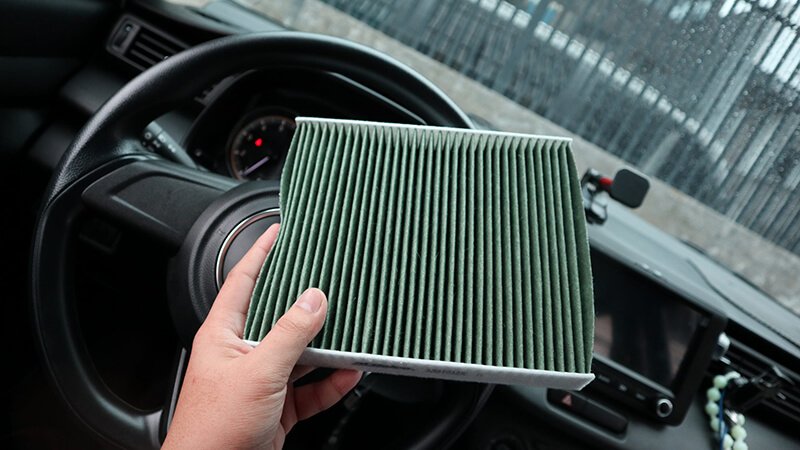
Conclusion
Cabin air filters have become an essential feature in modern vehicles, providing cleaner air and protecting passengers from harmful pollutants. From their introduction in the 1990s to their role in improving air quality today, these filters serve an important function in vehicle safety and comfort. By using high-quality filters like those offered by Runex Auto, you can ensure that your vehicle remains both efficient and healthy.
If you are looking for air filter supplier16, do not hesitate to cotnact us to get your samples.
-
Learn about cabin air filters and their role in improving vehicle air quality. ↩
-
Discover when cabin air filters were first introduced and their impact on automotive design. ↩
-
Understand how the introduction of cabin air filters revolutionized vehicle air systems. ↩
-
Understand the key purpose of cabin air filters in ensuring clean air for passengers. ↩
-
Learn how cabin air filters remove dust particles to improve air quality inside cars. ↩
-
Find out how cabin air filters help alleviate pollen allergies while driving. ↩
-
Learn about the HVAC system and its connection to cabin air filtration in vehicles. ↩
-
Discover the impact of pollen on allergic individuals and how cabin air filters offer relief. ↩
-
Learn how cabin air filters can reduce odors like cigarette smoke and exhaust fumes. ↩
-
Learn about the risks and consequences of running your car's AC without a cabin air filter. ↩
-
Discover how cabin air filters prevent dust and other particles from contaminating your vehicle’s cabin. ↩
-
Learn how debris buildup can impact the performance of your vehicle's HVAC system. ↩
-
Learn about the role of cabin air filters in improving comfort and health. ↩
-
Understand how engine air filters protect vehicle engines from dirt and debris. ↩
-
Learn how fuel filters prevent contaminants from entering the fuel system. ↩
-
Know more details OEM air filter from Runex. ↩

